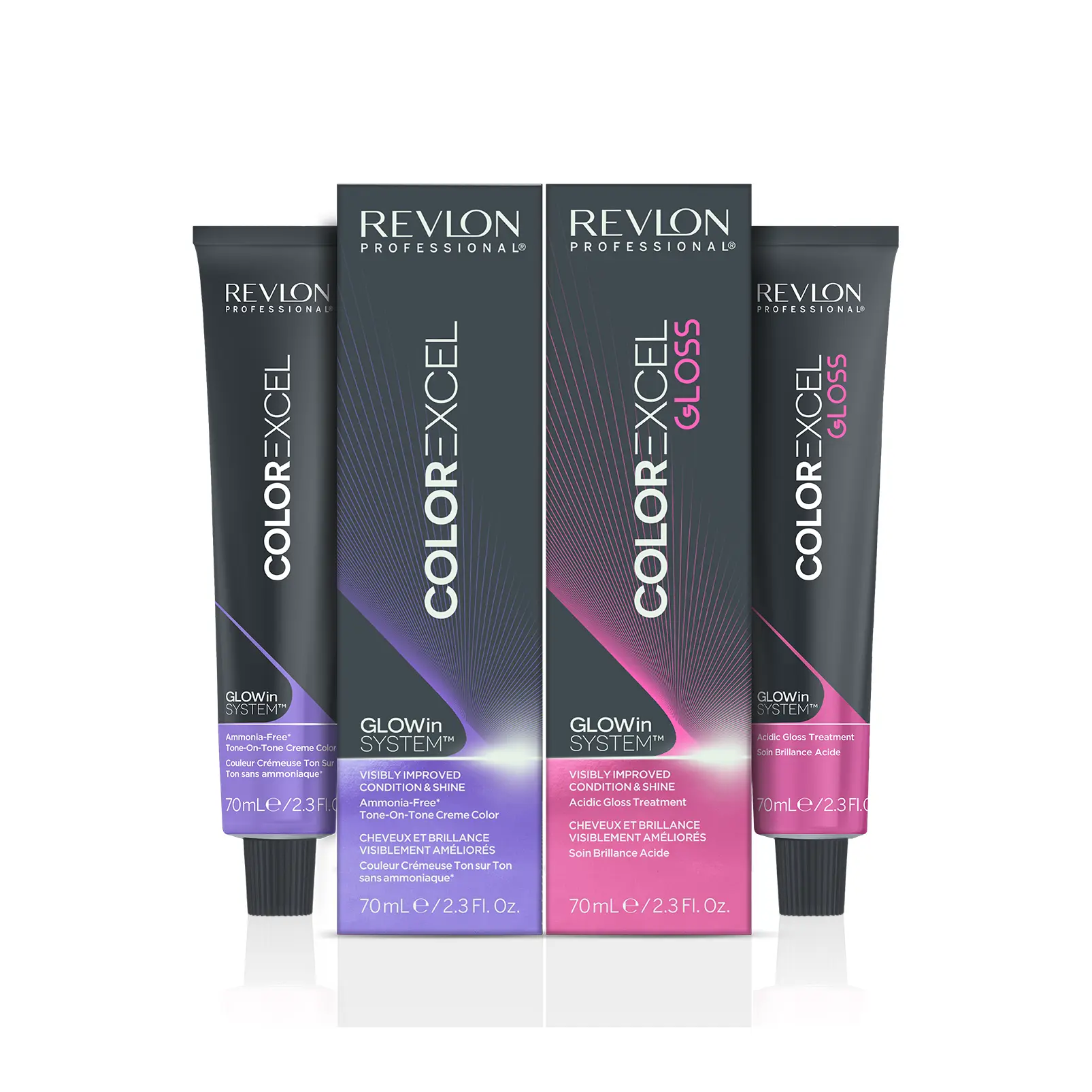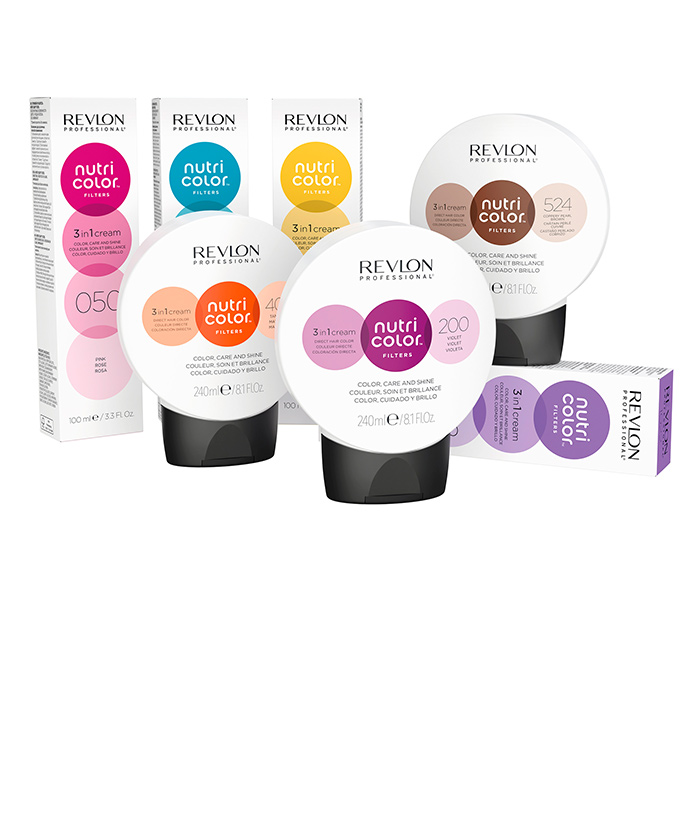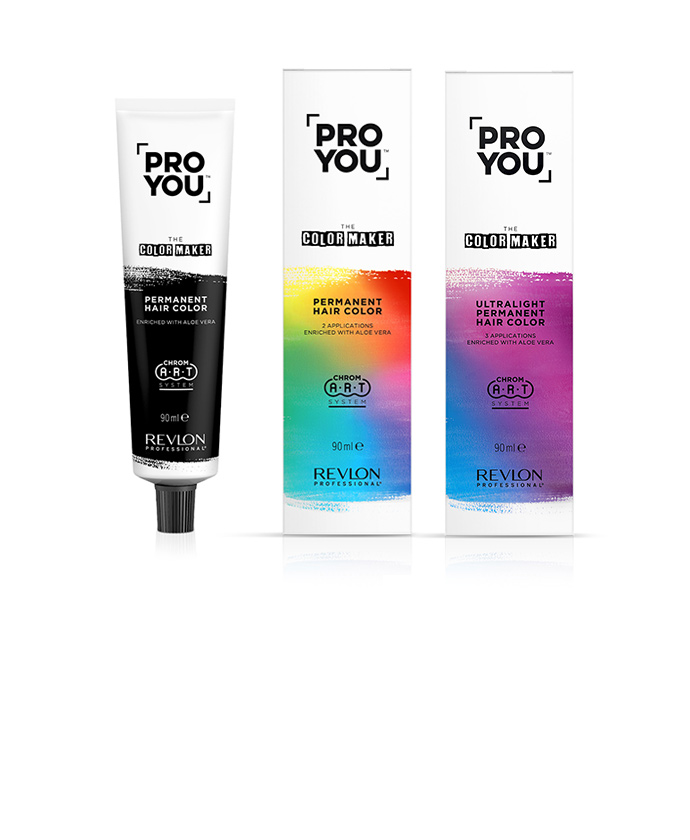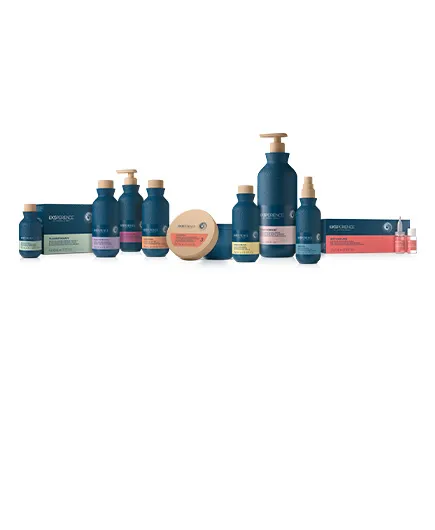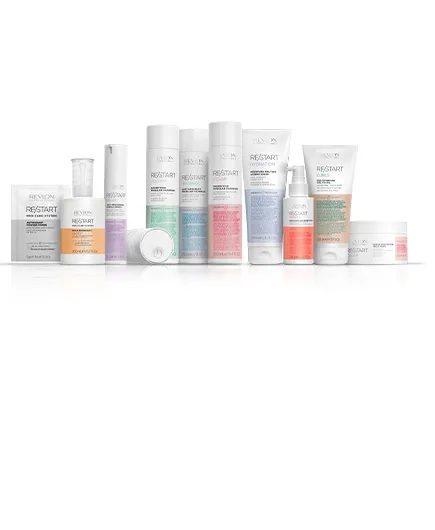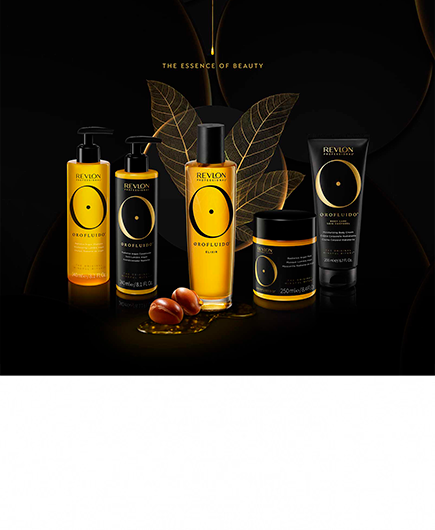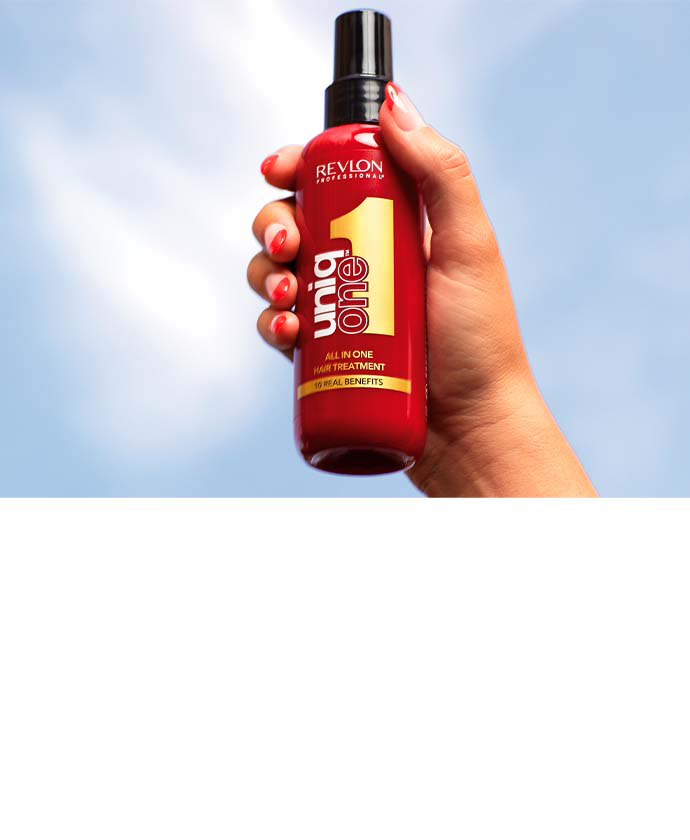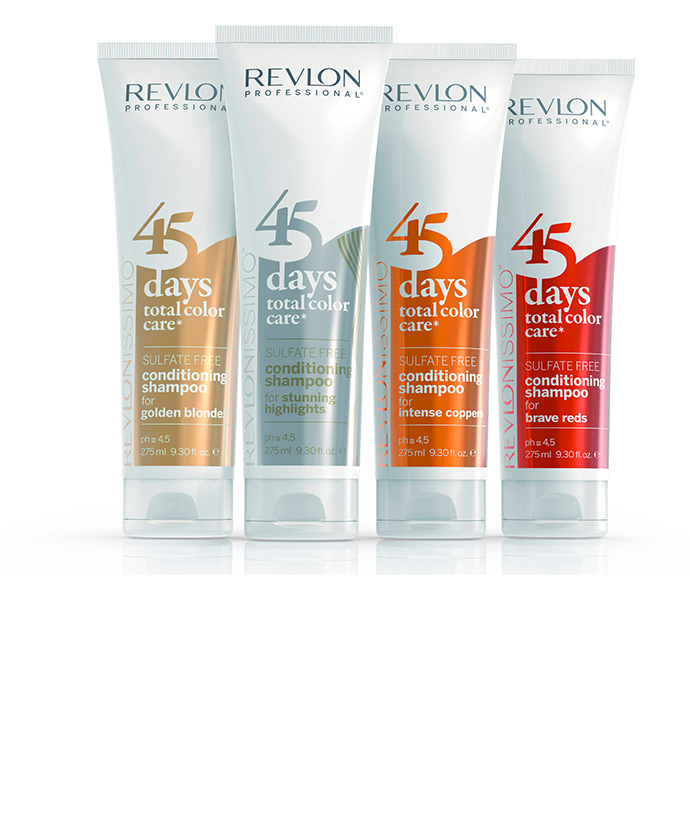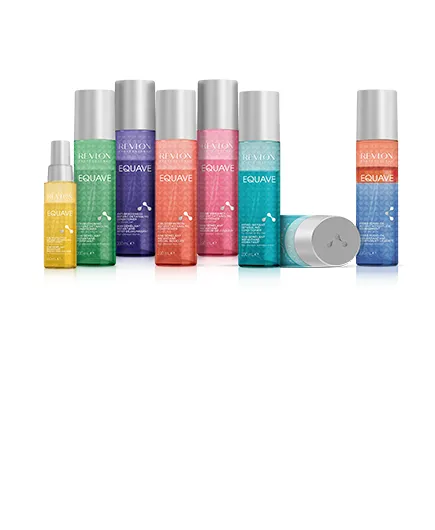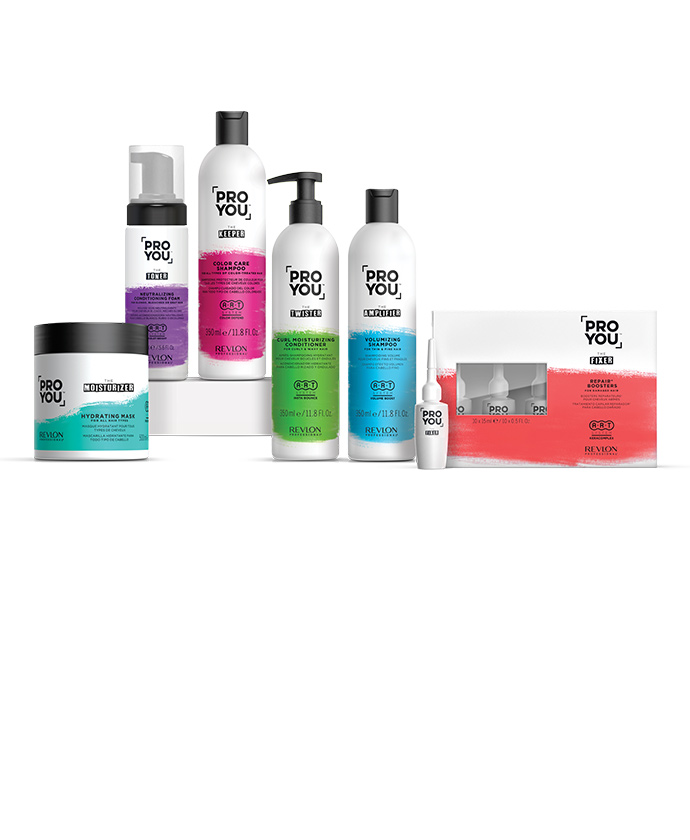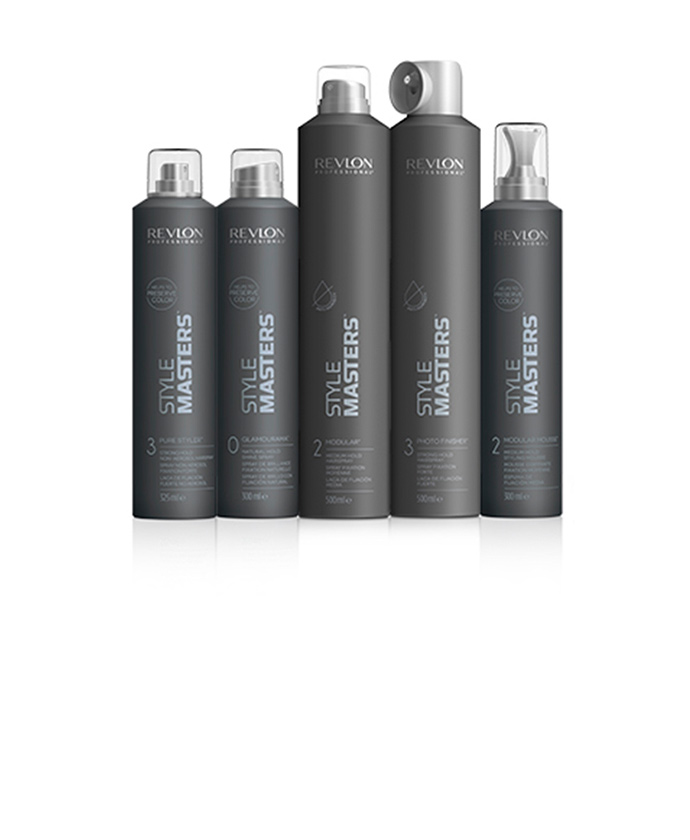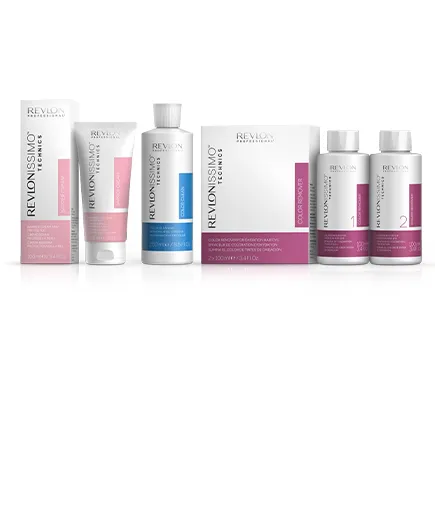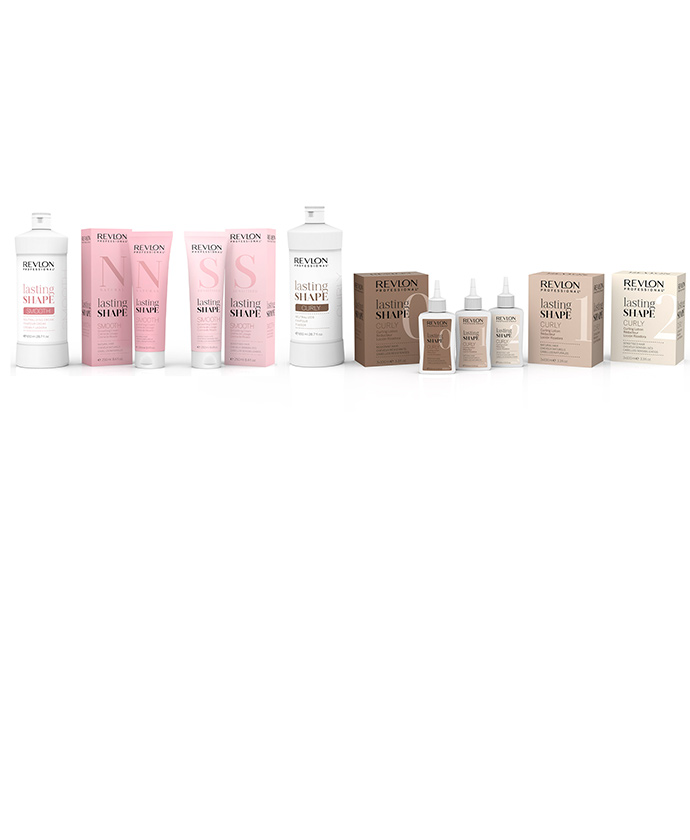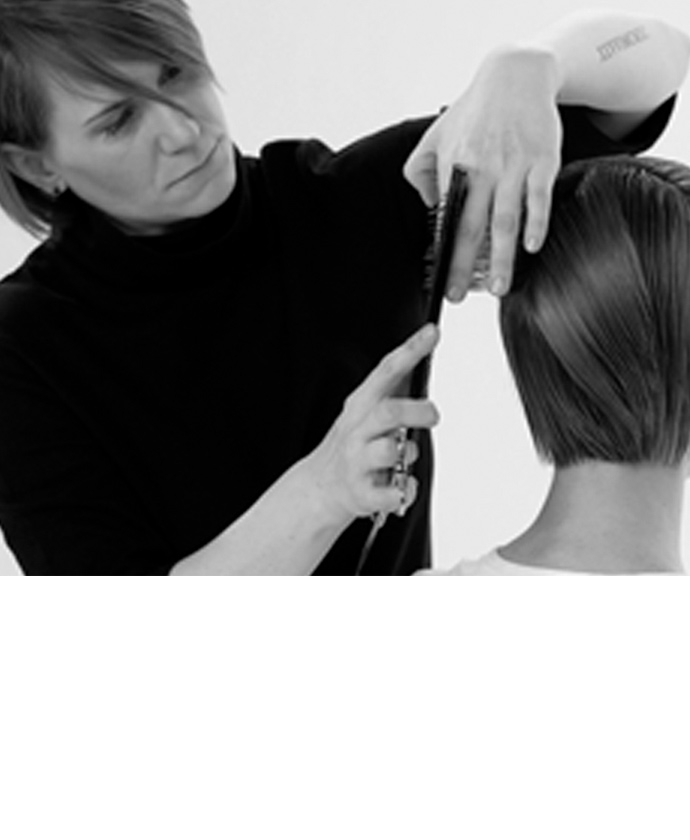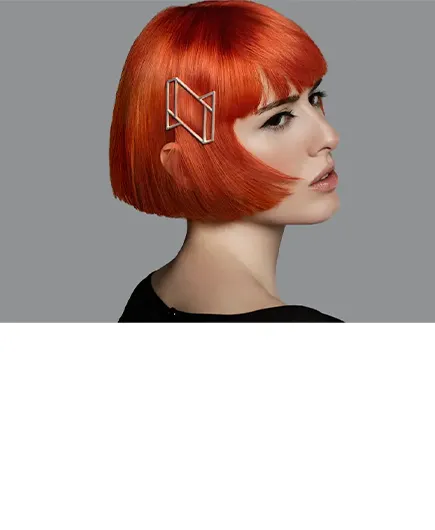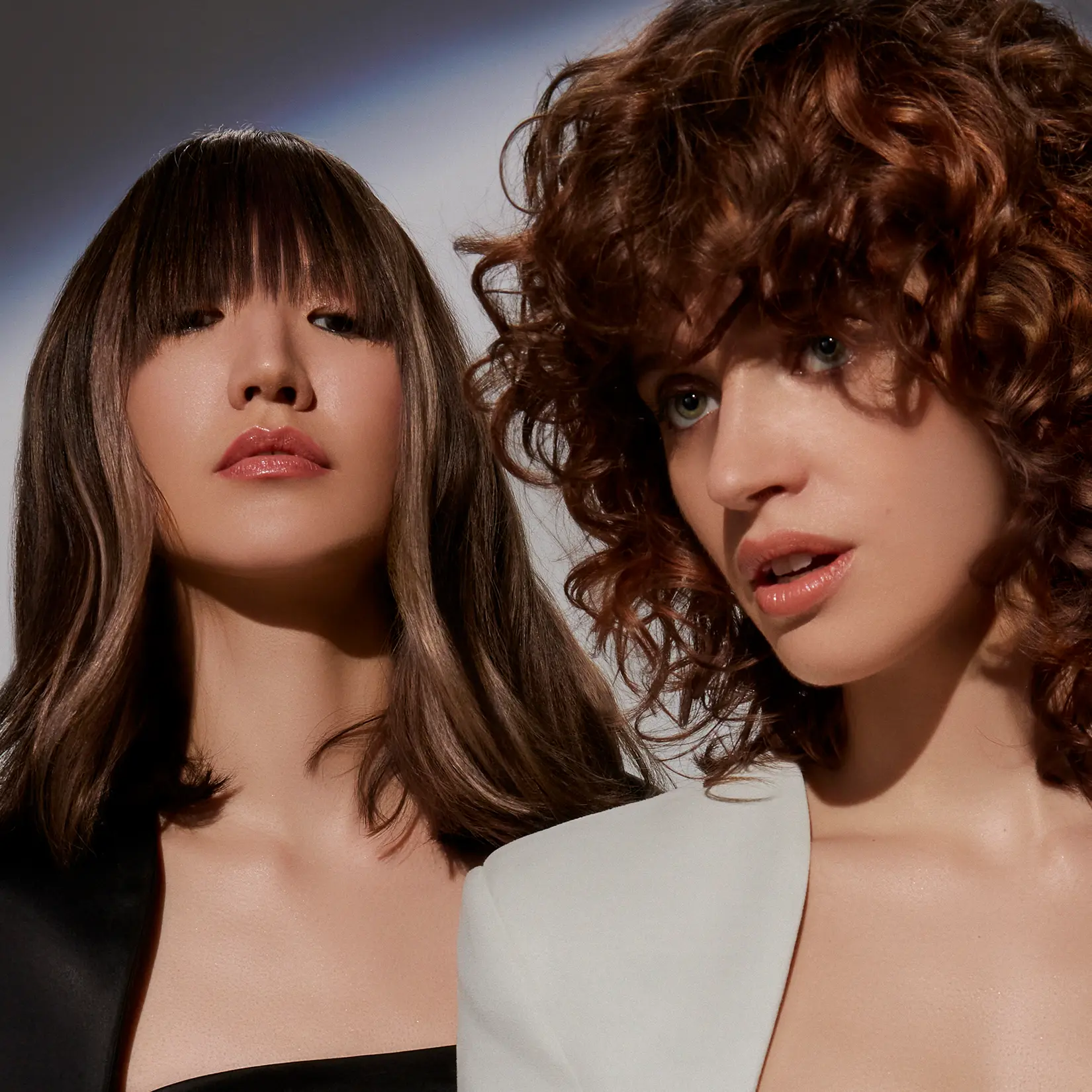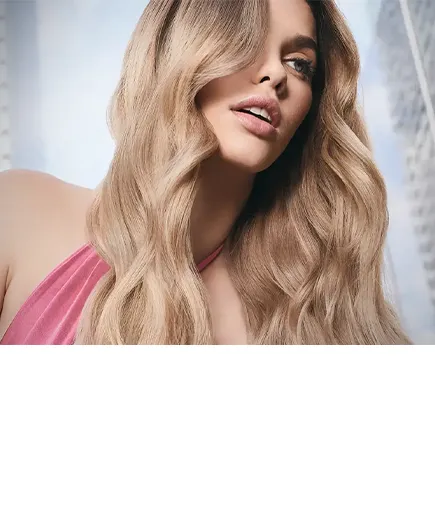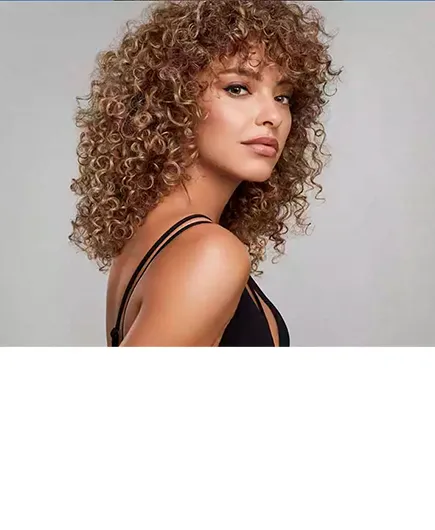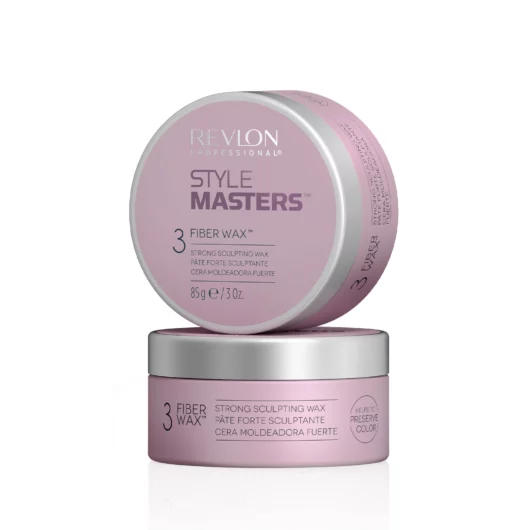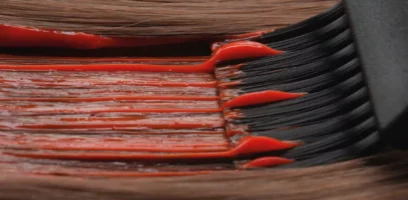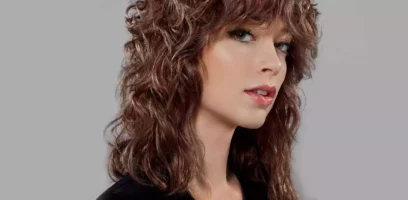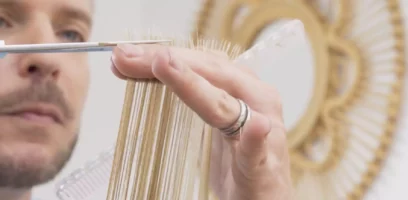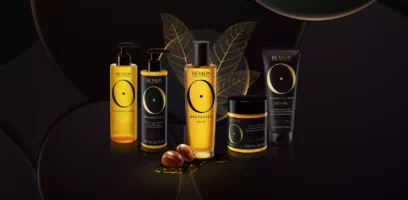Skin Fade Haircut: Types and Top Tips on How to Do It
Short hairstyles are currently in popular demand for all genders, whether it’s the classic clipper fade haircut for men, the pixie cut for women, or the high-fade and low-fade. When it comes to skin fade haircuts, the biggest challenge is finding the perfect approach for each client. These delicate haircuts are certainly not for the faint of heart, and require knowledge, precision, and skill.
So before you begin your skin fade haircut, be sure to choose your best hair clippers, sharpen your scissors, and keep reading to perfect your skills with this skin fade tutorial for professionals.
Ver esta publicación en Instagram
What Is a Skin Fade Haircut?
A “skin fade” or “fade” haircut is an advanced cut very close to the scalp, where the amount of hair gradually increases from less to more from the nape to the crown of the head. The shape on top and variation of the hair’s fade height can vary with skin fade haircuts, and can be shaped according to the client’s preferences. However, these cuts typically feature very short hair at the nape—usually at a “zero” with clippers or a razor shave—and increase towards the top of the head and sides.
Ver esta publicación en Instagram
Who Can Wear a Skin Fade Haircut?
This clean, modern style is suitable for all hair types, regardless of whether it is a high, mid, or low-skin fade. Initially created in the ’60s as a haircut with a masculine flair, the skin fade haircut has transformed tremendously in recent years to be a great fit for all genders and gender non-conforming. This trendy cut can now complement any gender identity, or sexual orientation, and is widely viewed as an empowering shaved haircut. This is truly a style that knows no boundaries.
Skin fade cuts can be created on curly and straight hair and are also highly recommended for fine hair, since the fade will make the hair longer at the top and immediately create the appearance of more volume. For curly hair, it’s possible to play with an undercut, by “hiding” the fade under the client’s longer hair. The good news is that regardless of who walks into your salon wanting this cut, there is a way to create something special.
Ver esta publicación en Instagram
4 Types of Skin Fade Haircuts
Although they share some similarities, skin fade haircuts come in many different variations. When deciding on the best type of skin fade cut for your client, remember to take the individual’s hair type into account, as well as their head shape and size. Below are the most common types of skin fade haircuts:
1. High Skin Fade Haircut
This variation of the skin fade haircut falls just below the crown, with the sides cut to the curvature of the head. The high skin fade features the shortest skin fade option when it comes to cutting the hair on the sides and back. This type of style is great for incorporating beautiful contrast and allows you to really highlight the top of the hair.
2. Mid Skin Drop Fade Haircut
The mid drop fade haircut is created by starting at the middle of the client’s head, around the temples, and slanting downwards to create a characteristic “drop” shape. The longest hair is trimmed to the crown. This look can be customized to fit any style and is generally very flattering on most men.
3. Taper Fade Haircut
This variation of the skin fade haircut is an absolute classic and of the most iconic hairstyles out there. Tape fade haircuts are clean, timeless, low-maintenance, and effortlessly flattering for both casual and formal occasions. The hair is longest on top, with a gradual fade down the sides and back that gets progressively shorter and eventually blends in with the client’s skin. It usually features a subtle, quick fade and a medium length at the top. The area behind the client’s ear is typically left short and later polished up using a clean, defined line. You can also customize how gradual you would like your taper fade haircut to be, based on the client’s preferences.
4. Low Skin Fade Haircut
With the low skin fade, the top part of the hair takes center stage by leaving it longer, creating a pompadour or very long bangs. The rest of the hair will gradually fade to be shorter, with a fade that is very low on the nape and close to the sideburns and ears. This type of cut is sometimes also known as a “zero fade” or “bald fade” style due to the sharp contrast between the longer top portion and the rest of the hair.
Ver esta publicación en Instagram
How To Do a Skin Fade Haircut
Step 1: Prepare and Divide the Hair
First, wet the hair and divide the top part from the sides and the back of the hair. Create perfect sections and pin down the top section with clips. This will help make cutting easier later on.
Step 2: Start Trimming With a Medium Number
You’ll want to begin trimming using a number two (6 millimeters, depending on the clippers) to ensure an even cut. If the client desires a skin fade (with their skin showing), try a lower number and repeat on the sides and back until you reach the point where you can’t use a comb. Set the clippers to zero in order to completely clean up.
Step 3: Create the Fade Line
Next, create your fade line according to your expertise and the preference of the individual receiving the cut. The “fade line” is where you will transition from shaved hair to long hair that is cut with scissors. If you’re unsure at this point, remember that a mid-skin fade is always a great recommendation for your clients. This classic go-to option is universally flattering on all hair types and genders.
Step 4: Movement
With skin fade cuts, your wrist will be your best friend. From the lowest point, press the clippers against the client’s head and gently push the comb tip upwards. Be sure to carefully control your strength so that you don’t accidentally pull any hairs out.
Step 5: Clean Up
At this step, it’s time to clean up the fade line. This can be done using scissors and various tools, such as the nape with a razor (optional) and the sideburns according to the styling. Always include a fade for the sideburns if the client has a beard.
Step 6: Complete the Upper Area
The upper area of your haircut will largely depend on the type of hair and the person’s unique style. For example, you can add more layers for fine hair to create the appearance of volume, or big bangs across the forehead for curly hair.
Step 7: Dry and Style
Lastly, it’s time to polish up your look using products such as styling foams or waxes. One styling essential we recommend for fade haircuts is Style Masters™ Creator Fiber Wax™ to create the perfect style. This sculpting hair wax offers texturized, sculpted, and defined finishes—without adding weight or residue.
Ver esta publicación en Instagram
To learn more about the top trendy hairstyles and more professional short haircut tips, check out our list of the 17 short hairstyle trends for women in 2021.



